Wo Fat interview with Kent Stump
When and how did you all originally meet?
Thank you, man! Wo Fat was formed sometime around 2003 in Dallas, Texas when Michael Walter, Tim Wilson and I started jamming together. I had some musical ideas and concepts that I wanted to try out and I asked Michael and Tim to jam with me. Michael and I go way back. We’ve known each other for around 20 years and we’ve played in a few different bands together. I got to know Tim through working at the same recording studio together. We got together only sporadically at first, but as more songs for “The Gathering Dark” were being written, things became much more regular. Early on we also had a second guitar player named Matt Watkins. Matt is a killer guitar player whose playing influenced my own tremendously. Unfortunately he couldn’t continue to play with us because he lived in Missouri which is an eight hour drive away from Dallas, so the commute was just ridiculous. He does play on four songs on “The Gathering Dark.” He recently talked to us about working together on a side project, which could be really cool.
Formation of Wo Fat.
My initial concept for the band was to play music that was sort of a dark, hypnotic, trance-blues played with heavy, heavy guitars. It immediately moved beyond that in some ways, partly because of all of the music I was listening to at the time, but the general concept of a foundation based on deep dark blues remains the same.
What does the name “Wo Fat” refer to in the context of the band name?
The name Wo Fat comes from the 70’s TV show “Hawaii Five-0”. Wo Fat was a recurring character on the show who was an evil Chinese agent and was the nemesis for Steve McGarrett, who was the hero of the show. There’s not really any significance other than I guess I just thought it sounded cool and it was also a reference to the 70’s, which obviously are hugely influential on our sound. Unfortunately most people don’t know of Wo Fat. I have to say, I hate the fact that they’ve made a new version of Hawaii Five-0. It’s not nearly as good as the original and does not have the same cool 70’s vibe. It’s kind of ruining what was once a classic 70’s tv series.
What are some of the influences? Probably a lot of music from the late 60s and 70s?
Definitely. The most obvious examples of 60’s/70’s influences on our music are Black Sabbath, Hendrix and ZZ Top. But lots of other bands too. To name a few: Leafhound, Cactus, Mahogany Rush, Tommy Bolin’s band Energy, Deep Purple, Point Blank, Flower Travellin’ Band, Blues Creation, Cargo, Skid Row(w/ Gary Moore), Johnny Winter, Budgie, Boomerang, Humble Pie, Buffalo and a bunch more that I am forgetting right now… I listen to a lot of 70’s fusion also. Things like Herbie Hancock’s Mwandishi Band records(“Mwandishi”, “Crossings” and Sextant”)which was his band prior to the famous Headhunters album, are awesome records and are actually very psychedelic in my opinion. There are also a couple albums from Eddie Henderson that have the same lineup as the Mwandishi stuff that are great. Of course the late 60’s and 70’s Miles Davis albums kill. Billy Cobham, The Headhunters, Mahavishnu Orchestra. There’s also this great obscure album that I stumbled across at the used record store by a guy named Luis Gasca from around ’71. I looked at who was playing on it and just had to buy it. It was basically the Santana band(Abraxas era) plus some great jazz guys like Stanley Jordan, Lenny White and Joe Henderson. It’s a kick ass fusion/afro cuban/ funky record. It’s called “For Those Who Chant.” Great title.
Were you in any bands before forming Wo Fat?
None of the bands I was in before Wo Fat were anything like Wo Fat musically. A long time ago, right after college I played in a funk band, then in the early 90’s Michael and I had a band that was an experimental funk/hip hop/rock thing with lots of samples and live instruments. After that we played in a more straight ahead metal band. Nothing from any of these bands ever reached a wide release, though.
You debut The Gathering Dark was released in 2007.
Thank you. Recording for “The Gathering Dark” began in 2005 I think, and it just took us forever to finish it. Then, as now, I am an engineer at a recording studio, so I record and mix our records. “The Gathering Dark” was recorded on 24 track analog 2 inch tape and mixed through a vintage analog console. When I was writing the songs for “Gathering Dark,” I kind of had it in my mind that this may be the only chance I get to do something like this, so it was sort of a “throw everything you can come up with in” mentality. I had a bunch of ideas and I wanted to get ’em all in and cover a bunch of ground, which we did. I think my songwriting has progressed since then and I don’t feel the need to try and fit every idea I have in. Then, like now, though, I try to come up with riffs, that above, all groove hard and have a bit of a deep down funkiness to them. I don’t know how often I succeed, but that’s what I’m aiming for.
Wo Fat gear?
I am a huge analog fan and tube amp fan. Being a recording engineer I have had the chance to record lots of different amps and I’ve found firsthand that digital modeling amps and plug ins are just not the same thing as a real tube amp. The amp I’m using was custom built for me by a guy that sells amp kits (Doberman Amps). Most of his kits were very low wattage, like around 5 watts, but I was looking for something in the 30 watt range, so he came up with a custom design for me. The fact that it’s 30 watts allows me to get a good amount of volume and also some good power tube distortion going. A 100 watt amp doesn’t really allow you to really push the amp to it’s limits in most situations, unless you’re playing arenas or something.
You second album Psychedelonaut was released in 2009.
Right on! One of the main things that we were trying to achieve with Psychedelonaut was more of live feel. I wanted it to feel urgent, in your face, and live. That’s one of the things I really like about Cactus. Their recordings sounded very live, even though they were in the studio. They sounded like they were really going for it; it feels like they’re just on the edge of losing control and crashing and burning, ya know? I love that. Vibe and groove are all important, so that’s what we’re trying really going for. We were also going for a bit more of an open-ended psychedelic vibe at times with more jamming. The last song, “The Spheres Beyond” was actually just a jam that we did in the studio that was based on a very vague framework, and then we just added some other parts to it, like the Hammond B3 and some extra guitar and percussion.
What can you tell us about the cover artwork? I just love it.
Yeah, we really love the artwork too. The front cover for Psychedeloanut was done by an artist named Jessica Beethe. I had seen some of her paintings at a show in Oklahoma City a year or so earlier and her work was just perfect for us, so when the time came to do the art for the album, we commissioned her to create something for us. I kind of explained the Psychedelonaut concept, which is kind of the idea of a psychedelic explorer, and she came up with that killer painting.
Your latest album is Noche del Chupacabra.
I definitely feel like it was a progression forward. I’m glad that you feel that way too. It’s hard to know when you’re in the middle of making the record how it will be perceived by other people. We are really happy with “Noche del Chupacabra”. Like Psychedelonaut, we wanted it to have a very live feel, but even more than Psychedelonaut. Again, the vibe and groove was what was most important. When we were first starting to work on the material for “Noche del Chupacabra”, I challenged Michael to try and have a jazz sensibility to his drumming but still play with the heaviness of rock and roll. It was sort of a vague thing to ask of him, but I think he really achieved it, and he is doing so even more in our live playing lately. In fact, really, that applies to the music and the band on the whole. More of a jazz approach but still keeping things very heavy. We also were trying to incorporate some African/Cuban inspired rhythmic ideas on the song “Noche del Chupacbra”.Not just with the percussion that you hear on the song, but in the grooves themselves.
Can you share a few words how did you record it?
As with our previous albums, I did the recording and mixing myself. I’m lucky to work at a studio that has a great selection of vintage and new analog gear, so we were able to get some really good sounds. Also, like previous albums, we mixed it on a vintage SSL console. Inspiration musically came from a lot of places. Things that come to mind that I was listening to a lot at the time that probably left traces in the music were Hendrix, especially the Isle of Wight recordings, Las Cruces, Junior Kimbrough, Stray Dog(their S/T first album), Penance, Blood Farmers, Herbie Hancock’s Mwandishi band, Mahogany Rush, Earthride, Tommy Bolin, Mississippi Fred McDowell, and of course Sleep (Holy Mountain never gets to far away from the cd player).
I bet you are a jazz fan?
I am a jazz fan, and have been for a long time. I love the freedom, unpredictability and creativity. The reliance on improvisation and reacting to and communicating with the musicians that you are playing with and the synergy and pursuit of the almost mystical oneness that happens when things are really grooving. Hendrix and Mitch Mitchell played with that kind of mindset I think. So did Cream.
The artwork is really cool!
Thanks, man. Alexander Von Wieding did the artwork and he did an awesome job. A lot of the inspiration for the lyrics came from H.P. Lovecraft, Robert E. Howard and classic horror. A lot of the subject matter is about fear, fear of things that are real and fear of things that maybe aren’t real, so we wanted a cover that would help to conjure up those vibes. I gave Alexander the lyrics and we talked about the general concept and he came up with these amazing images. One of the coolest things about the artwork is that it tells a story and references the lyrics in all sorts of ways.
How is touring going for you?
We haven’t really done much touring, mainly because we all have regular day jobs and family responsibilities that keep us from being able to tour hardcore. We are going on the road up to Las Vegas for the Doom in June festival in about a month and we’re really looking forward to that.
What are some future plans?
We are already working on new songs for the next album. As soon as we finished the final mastering process for “Noche del Chupacabra” I allowed myself to start thinking about new material, which I was trying to keep on hold until we were finished even though I had some ideas that had been floating around in my mind for a while. Michael, who wrote “Common Ground” on “Noche del Chupacabra”, has also brought in a couple of really cool new song ideas as well. The new songs are kind of moving further on down the road that we started with this latest album. I feel like we’re really maturing as a band and playing together better than ever. I’m thinking that maybe by the end of the summer we’ll have a new album’s worth of material and we can start recording in the fall. We are hoping to come to Europe, also. That is one of our big goals. It’s just a matter of putting together a tour and getting some financing to get us there. We’d love to come to Ljubljana, man! Hopefully one day we can make that happen.
What is your opinion about psychedelic/hard rock scene these days?
It’s an interesting time in music history right now. The mainstream music that’s put out by the major record labels, whether it’s rock, pop, R & B or whatever, is just simply horrific, but because of the internet, underground music is able to thrive. Websites like yours help to spread the word about underground bands and connect fans of the music all over the world. It’s awesome, really. There’s a growing international community of fans of psychedelic rock, stoner rock, doom, 60’s and 70’s heavy psyche, etc. And there are so many great bands playing their own styles of this music. A couple of the bands I’ve recently found out about that I really dig are Samsarra Blues Experiment, Elder, Smoking Spore, Mammatus and The Egocentrics. Like I said, though, there are just tons of great bands out there right now. And there are probably more people that are aware of, and are huge fans of bands like Leafhound and the other obscure heavy 70’s bands now than there were in the 70’s because of this international online community. One thing that the internet has brought with it that I think is a problem, however, is free downloading of music. It’s kind of a double-edged sword. I know that all 3 of our albums can be downloaded for free in a number of places, which, in a way, is ok, because, ultimately, what I really want is for people to listen to our music and the more people that check us out the better. I didn’t start doing this to make money and I don’t think anybody that plays this type of music got into for the money, but the bottom line is, it costs money to make music, record music, manufacture music, buy the gear you need to play music, pay the bills, etc. I’ve actually talked to people that think that music should be free. If you don’t pay for your music, how do you expect the bands you like to continue making music. Also, why wouldn’t you want to support something that you like?
Thank you. Last word is yours.
Thanks for asking me to do this interview. I’m humbled and honored be included alongside the other interviews that you’ve done with so many killer musicians.
– Klemen Breznikar
Array

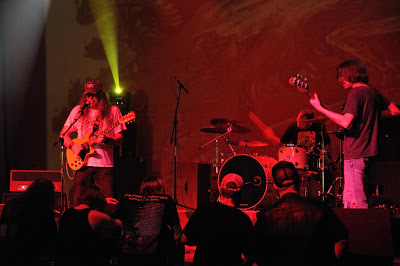
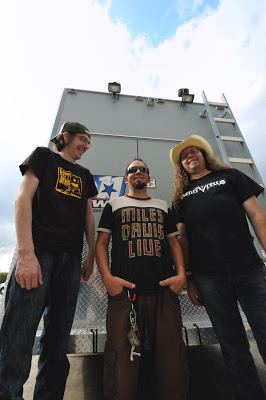
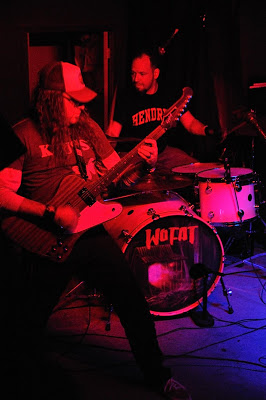
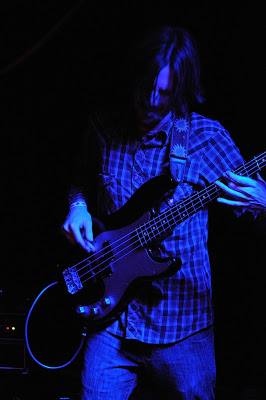
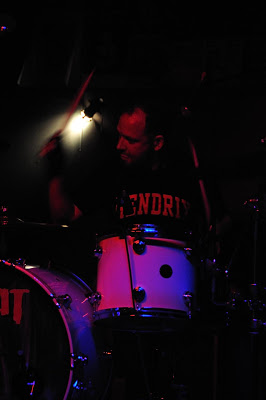
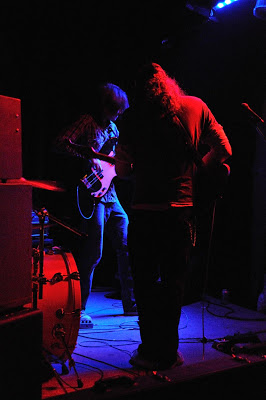
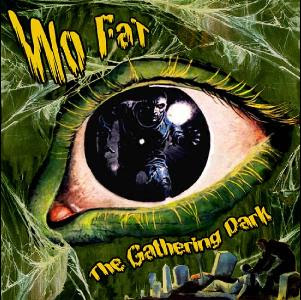
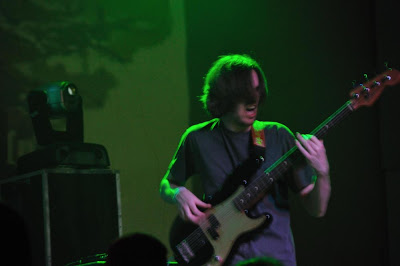
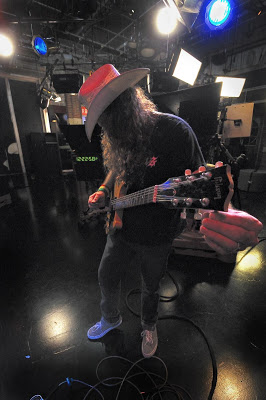
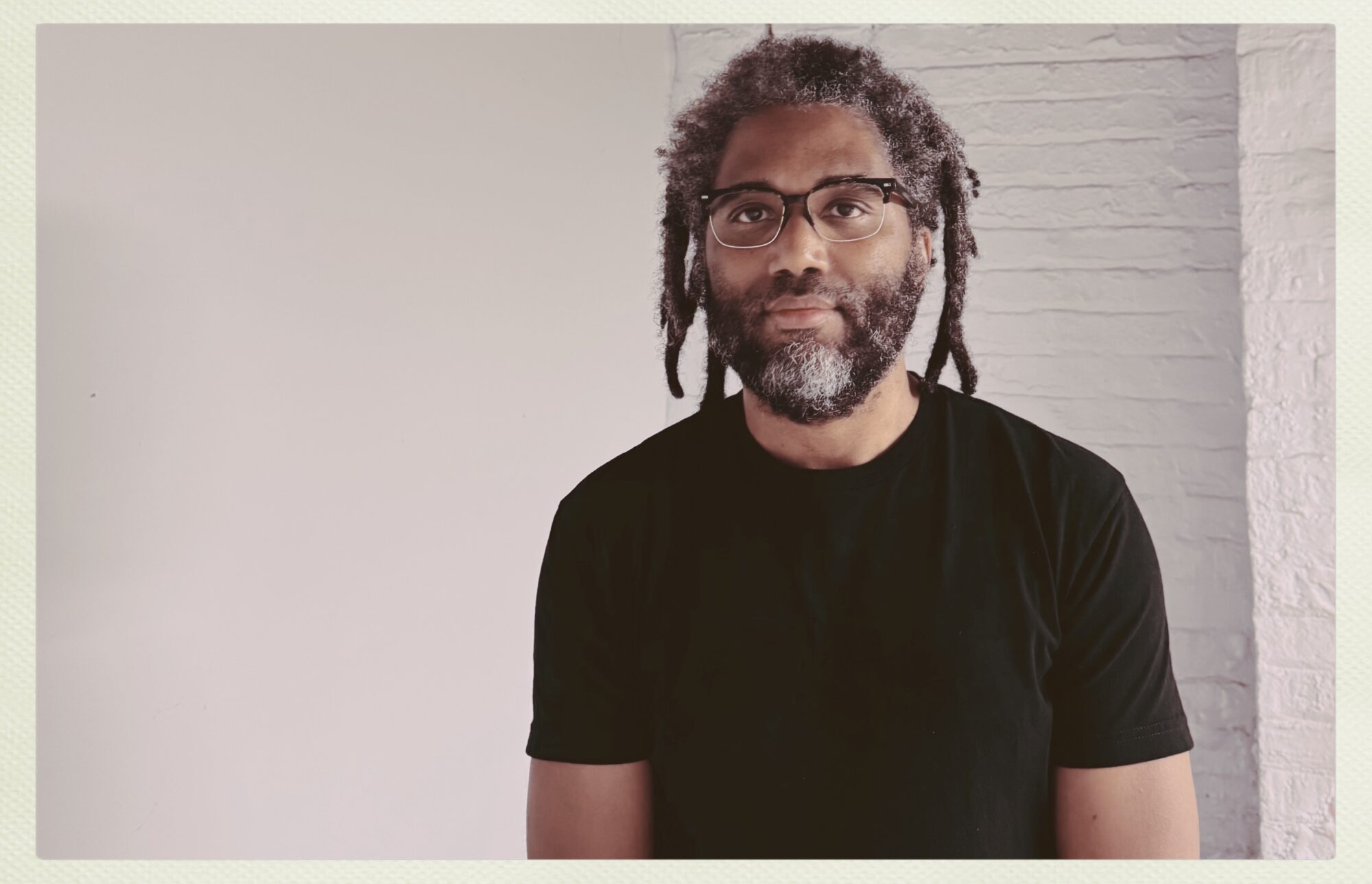
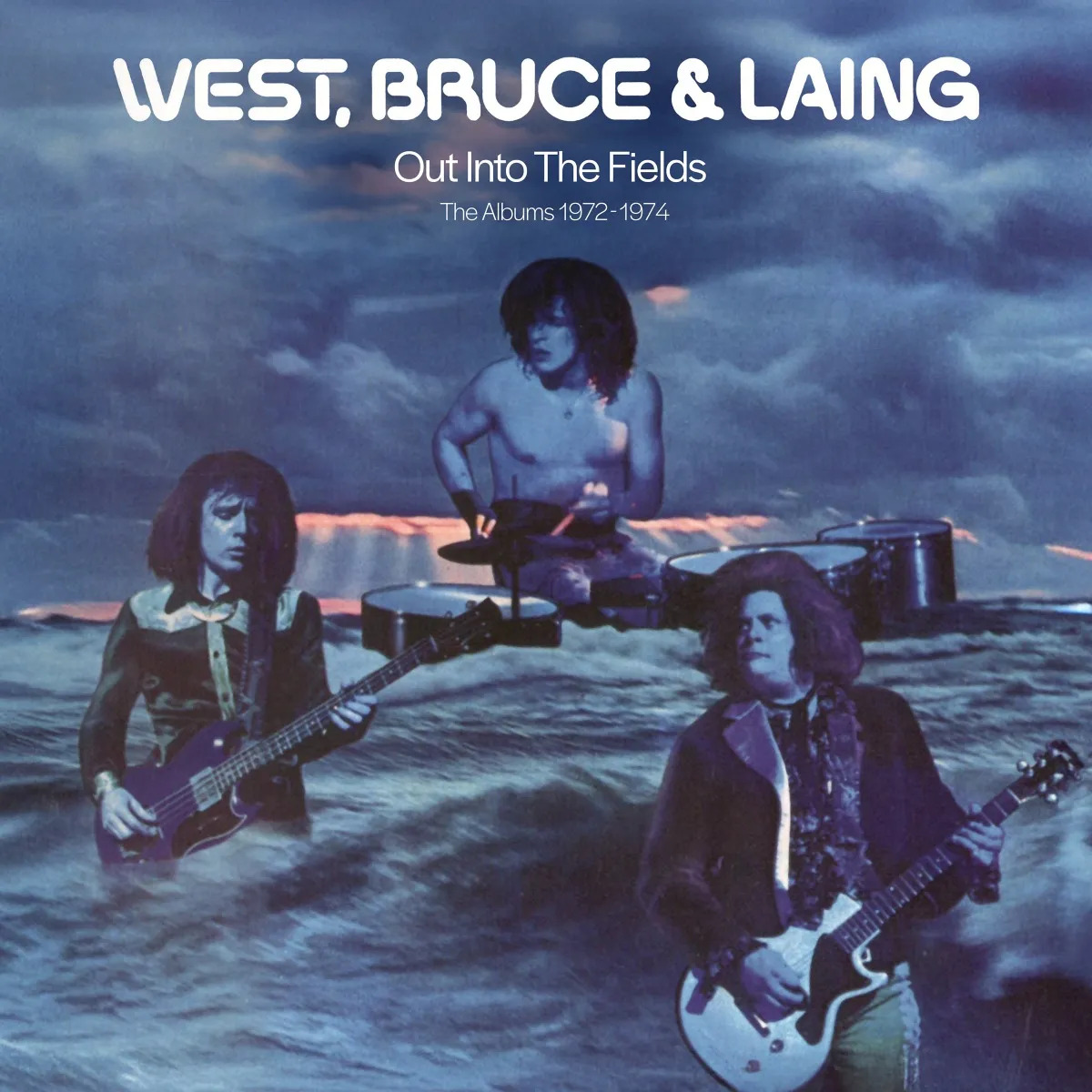
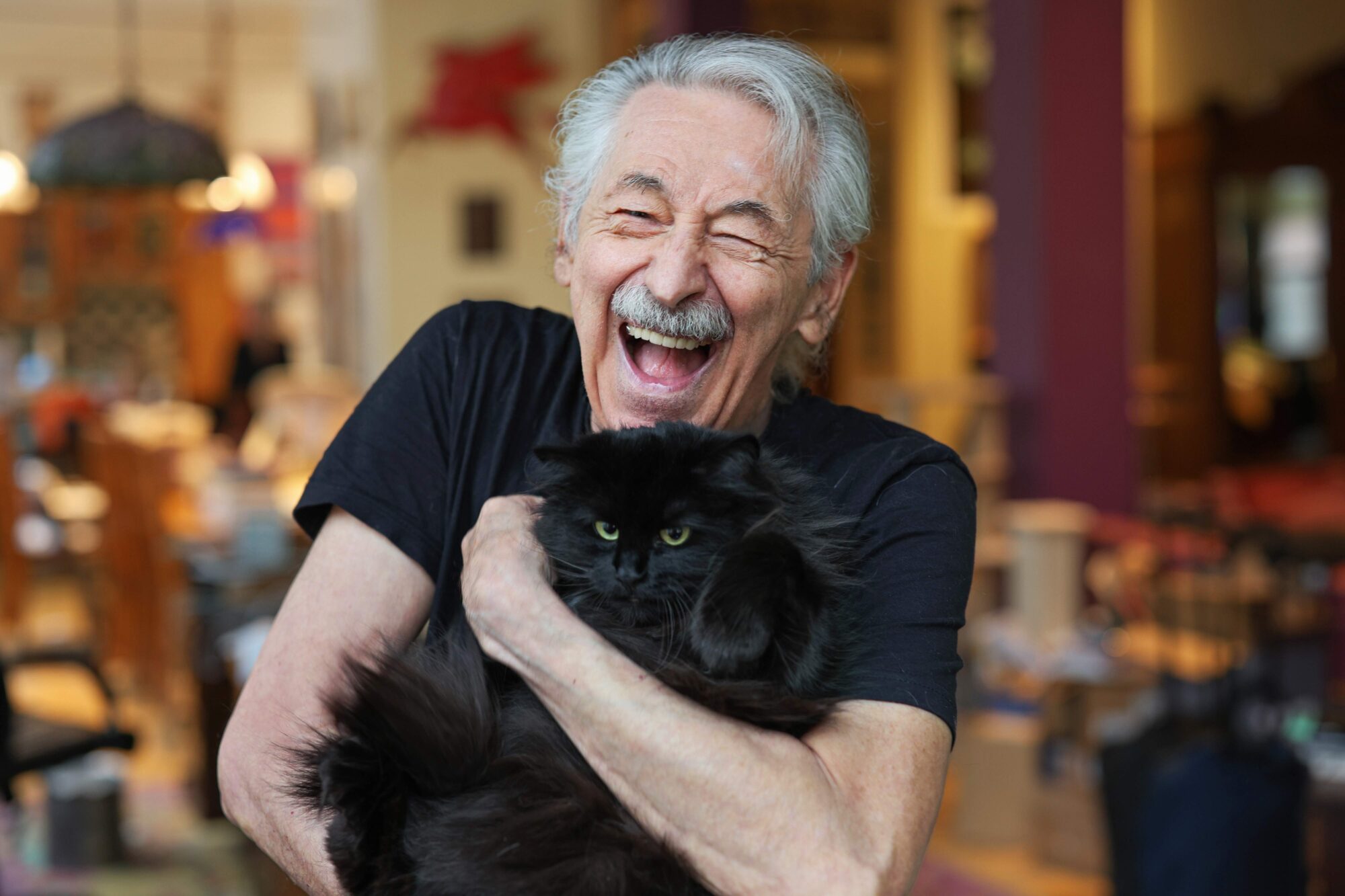
[…] with vocals was “Crown”. We hooked up with Kent Stump from the band Wo Fat (interview here and here), who also works for Crystal Clear Sound recording studio. He mixed and mastered the […]